’œUp and at ’˜em, scramble!’: Duxford’s Battle of Britain 75th Anniversary Tribute
’œWould you like to come to Duxford Air Museum with me?’ is the question that the hapless airline pilot, Captain Martin Crieff, asks two women in BBC Radio 4’s brilliant aviation comedy Cabin Pressure. Whilst it’s perhaps not the most conventional place for a date, I applaud the fictional AvGeek for his splendid choice.
Originally home to the RAF’s famous No. 12 Group ’œBig Wing’ and Squadron Leader Douglas Bader, Duxford Aerodrome, in Cambridgeshire (UK), is currently a live airfield (IATA code: QFO), a branch of the Imperial War Museum (IWM), and home to a number of modern and classic military and civilian aircraft.
Most of these aircraft remain grounded but, over the weekend of 19-20 September 2015, a squadron of Spitfires, Hurricanes, B17G ’œSally B’, and a whole host of other aircraft took to the skies to the delight of about 20,000 avid spectators, in commemoration of the 75th anniversary of the historic air battle between the RAF and the Luftwaffe in the summer of 1940.
My family and I were among those 20,000 aviation and military enthusiasts, milling around the two-runway (one’s concrete, the other’s grass) airfield on a sunny but partially cloudy Saturday. Despite the air show not actually starting until 2pm, we’d got there quite early in order to park, so headed to the aptly named ’œMess’ for breakfast.
As the largest aviation museum in Britain (it has over 200 aircraft), Duxford attracts visitors from all over the world and today was no exception; you could see that from the range of exotic European number plates, the accents heard, and the languages spoken. You could also see it from the period uniforms wandering amongst the fans.
We approached two blokes kitted out in WWII American Airborne formal regalia for a photo. I expected this band of brothers to have heralded from somewhere in the US, so was slightly taken aback to hear cockney accents. It didn’t matter. They were wonderfully entering into the spirit of the occasion.
By midday, there was a bit of a lull in proceedings whilst everyone waited in muted anticipation for the aerial extravaganza to start. Duxford has a range of permanent exhibitions, including ’˜Airborne Assault’, a Normandy Landing display, and civilian aircraft such as Concorde ’“ great to view at any time and ideal for restless kids (and adults), or if the weather’s bad (welcome to England).
Today, though, the weather was beautiful and we did the ’œflight line walk’ which, for a small fee, gained us access to the taxiway and up close to the Spitfires, Hurricanes, and their German ’˜challengers’. My wife smiled herself into a photo with two grizzled veterans whilst I watched the aircrew, adorned in authentic clobber, carry out their preparations.
Once all non-flyers had been ushered off the tarmac, the Luftwaffe took to the skies to ’œstrafe’ the boys in blue and tease them into aerial combat ’“ the show begins. I say Luftwaffe in the loosest possible sense. Whilst the Messerschmitt Bf 108 Taifun was largely a Teutonic thoroughbred, the two Bf109s accompanying her were actually Hispano Aviación HA-112 Buchons. Originally assembled using Bf109 airframes in Spain in 1943, the Buchon ended up being powered by 1,600 hp Rolls Royce Merlin engines and served in the Ejrcito del Aire (Spanish Air Force) until 1965.
Whatever the breeding, it was good enough for us and we cheered when the scramble bell tolled.
Three Hawker Hurricanes (an Mk I, Mk XII, and a Sea Hurricane Mk Ib) raced onto the grass and into the sky to intercept their foes. It was the aviation equivalent of watching a farmer chasing three cheeky kids off his field and shouting ’œget off my land!’ All jolly good fun.
With the German menace vanquished, we rolled back slightly to a period between the inter-war years, up to the Battle of France, for a taste of the de Havilland Tiger Moth, Hawker Nimrod, Boeing PT-17 Stearman, the Gloucester Gladiator, and the Curtiss Hawk 75, several of which had been used to train pilots as the storm clouds gathered over Europe in the 1930’s.
Afterwards came the first of two ’œold and new’ attractions. Two Mk Ia Spitfires, escorted by two McDonnell Douglas F15E Strike Eagles from the USAF 492nd Fighter Squadron, based at nearby RAF Lakenheath, flew in over the airfield and banked left in close formation with their British cousins. It was a subtle but impressive demonstration of power as the Pratt & Whitney turbofans cranked up and you heard the familiar crack and whip of the sound barrier being broken as they headed home.
Then came part two of two in the ’œold and new’ show from a northwesterly direction. An Mk XIX Spitfire and a Eurofighter Typhoon FGR4, both of which are based at RAF Coningsby in Lincolnshire, serenely air-danced together, although it was funny to watch the Typhoon arch up in order to avoid back-ending the Spitfire beforehand. There’s quite a difference between a 2,035 hp Rolls Royce Griffon engine and two Eurojet EJ200 turbojet power plants.
Once the Typhoon had jetted off, we were dazzled by the Yak 50 flown by Aerostars, the surprisingly versatile Chinook ’“ I’ve never seen any aircraft reverse take-off before ’“ and the distinct high-pitched sawing sound of the Yale and Harvard.
The two final acts of the day were by far the most poignant. The penultimate one belonged to Sally B, a single B17G who, until today, I had only ever seen parked solemnly, and in my view a little sadly, next to Duxford’s ATC tower. Duxford’s American Air Museum re-opens in spring 2016 so she’ll at least have some friends back soon.
With the red engine covers removed, she was towed to the taxi way in preparation for her tribute flight. In the meantime, the Spitfires also began lining up.
Smoke belched from the bomber’s four 1200 hp Wright Cyclone radial engines as the propellers idled. It seemed to take an age for her to go, but I had a deep respect for her patience whilst waiting to get airborne. She’s been maintained by the Sally B Supporters Club for the past 40 years and to see her discharge smoke as she came in low must have brought a lump to many a throat of the spectators present. I know it did to mine.
Whilst the old gal graced the sky with sublime dignity, the ’œTarget London’ squadron had maneuvered into place for the show-piece. The seventeen assorted Spitfires and Seafires lined up in threes, took off and climbed for the display’s finale.
I must confess that with the camera battery by now exhausted (I’m no paparazzi) and the mobile phone hopelessly inadequate for capturing these pictures, I’ve not finished this article with a Target London in flight photo. I hope my words suffice to say that the 20-minute fly-by was truly mesmerizing. Just to listen to it was awe-inspiring.
There were no special moves, no smoke, no lights, and no aerobatics and yet it captivated everyone and kept them in respectful silence throughout. I didn’t think broadcasting Sir Winston Churchill’s ’œNever in the field of human conflict’¦’ speech or playing Elgar’s Nimrod was entirely necessary, but it was a quaint touch. The aircraft spoke for themselves and for all of the brave men and women who lost their lives in one of the greatest aerial battles the world has ever known.
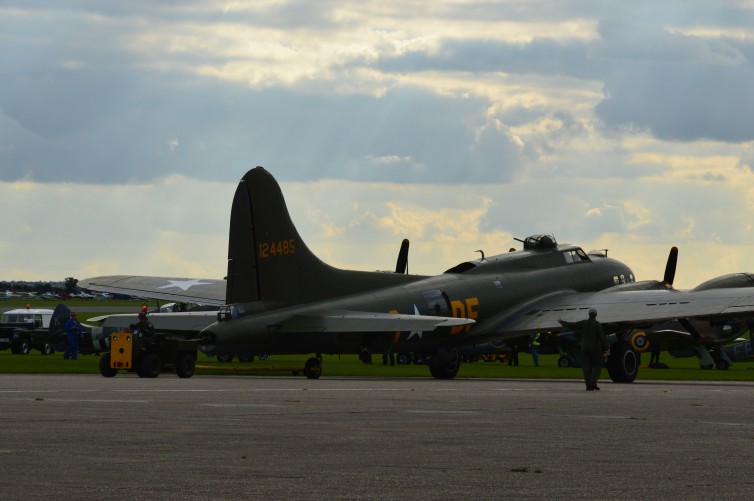
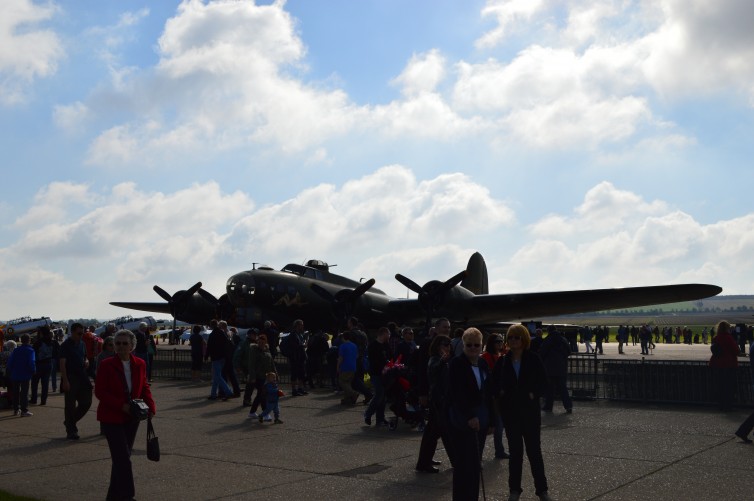
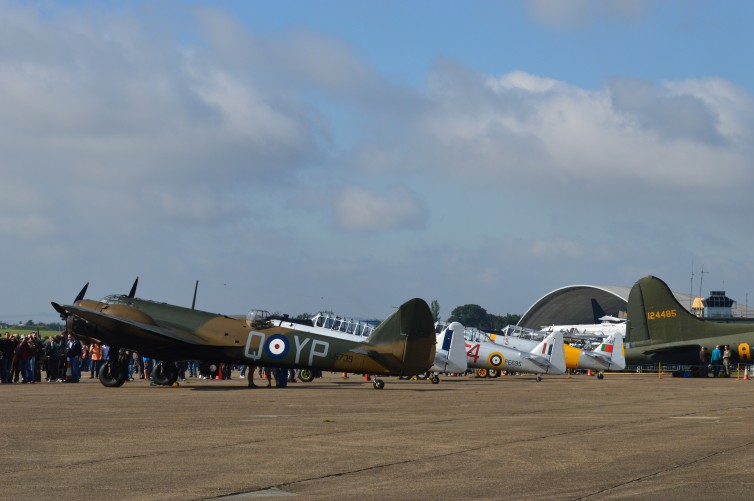
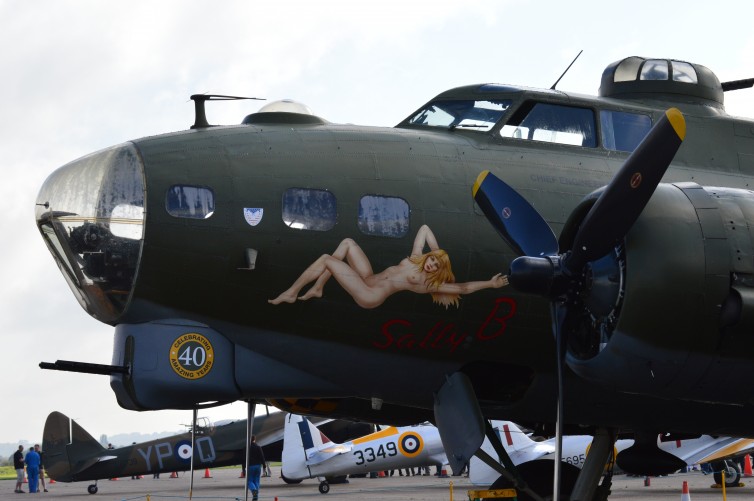
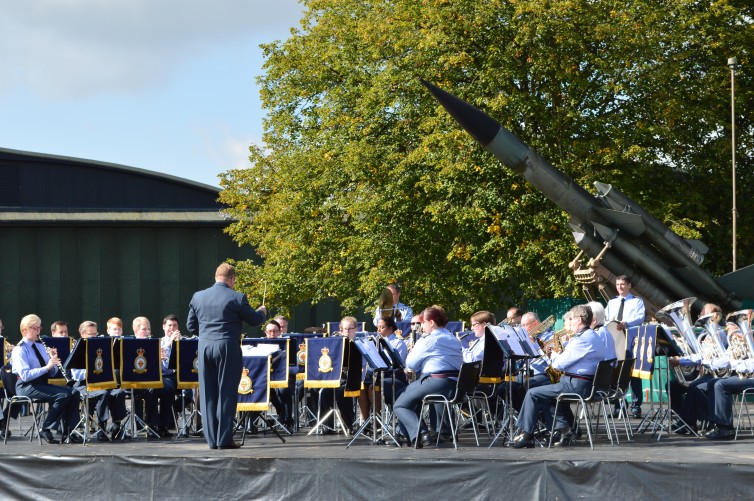
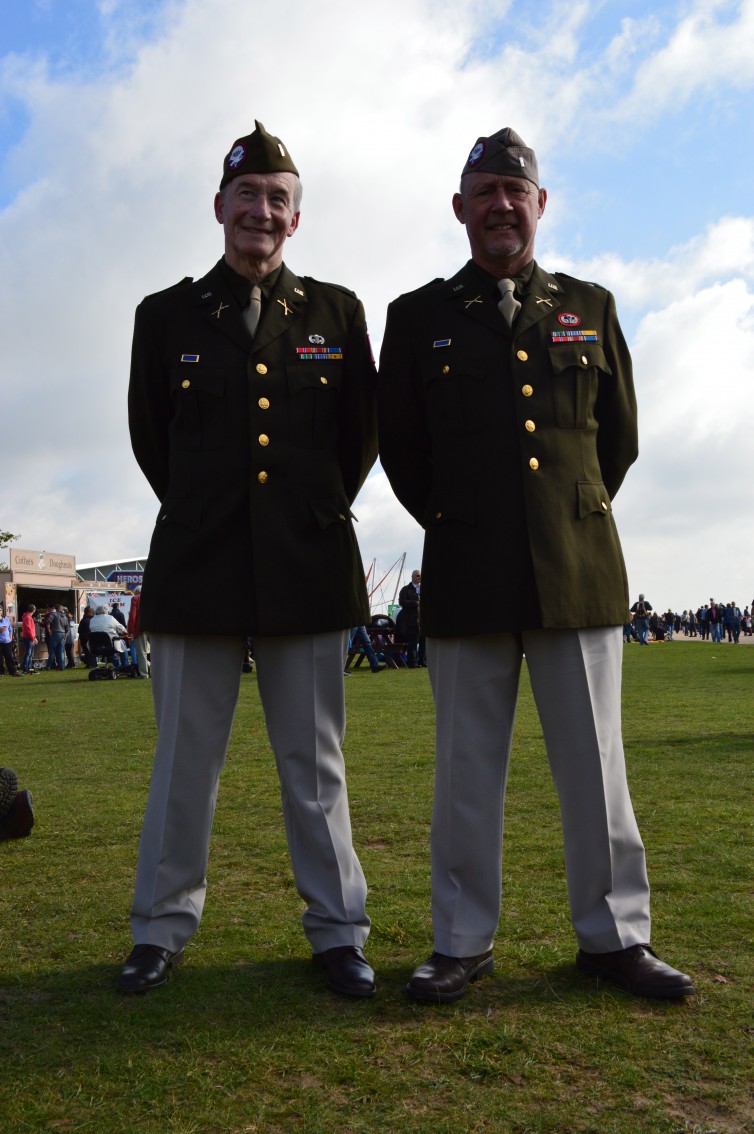
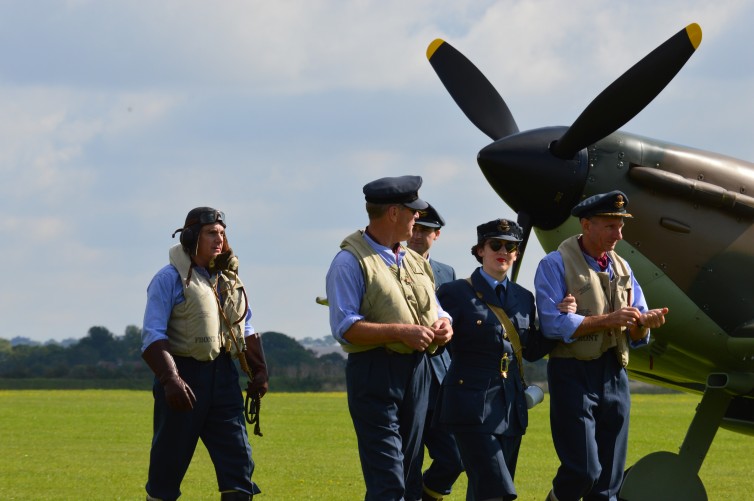
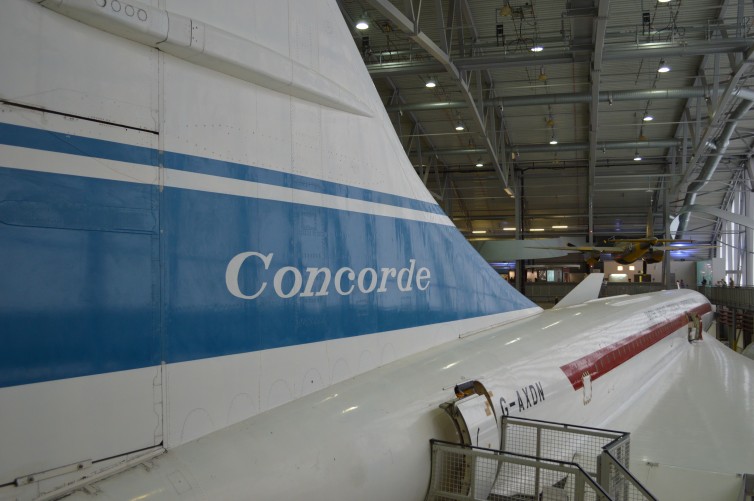
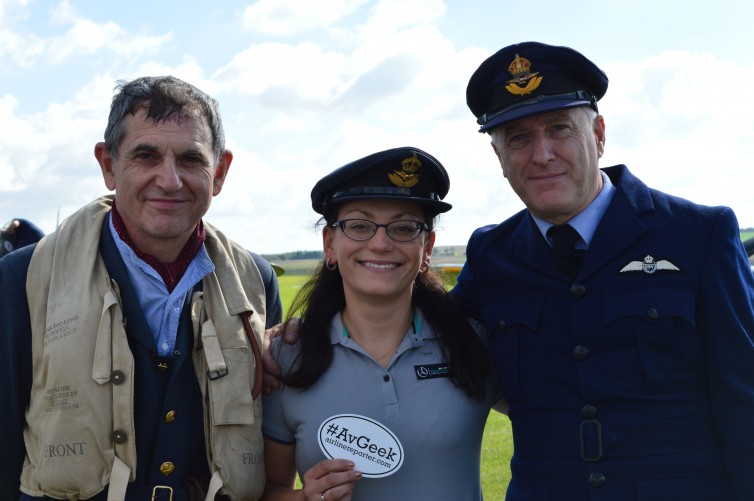
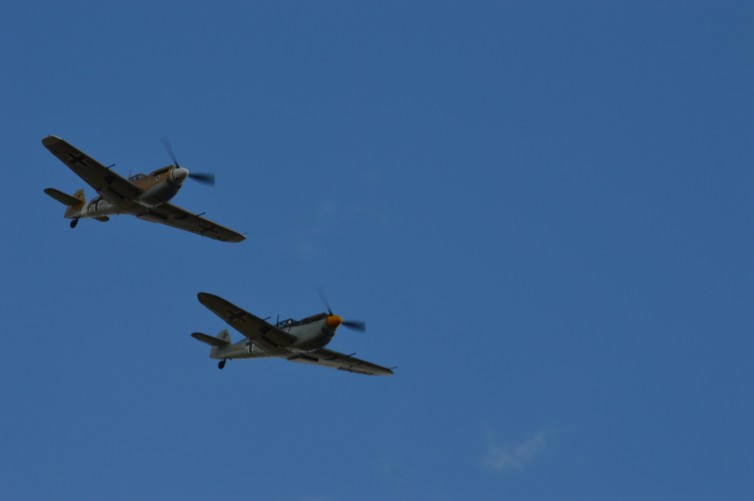
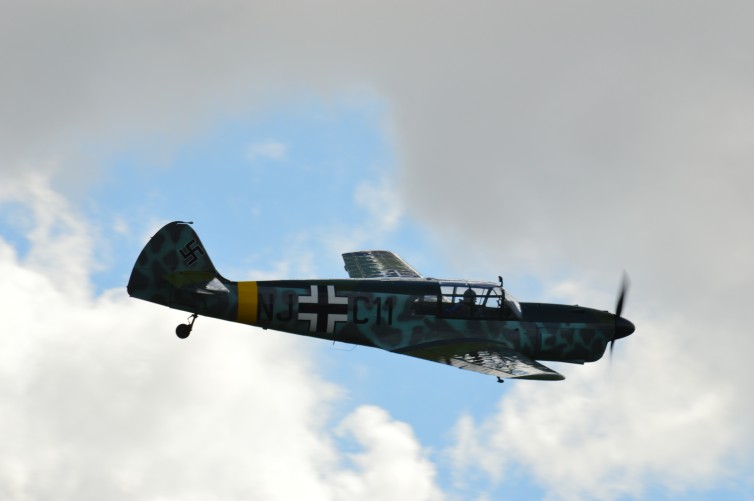
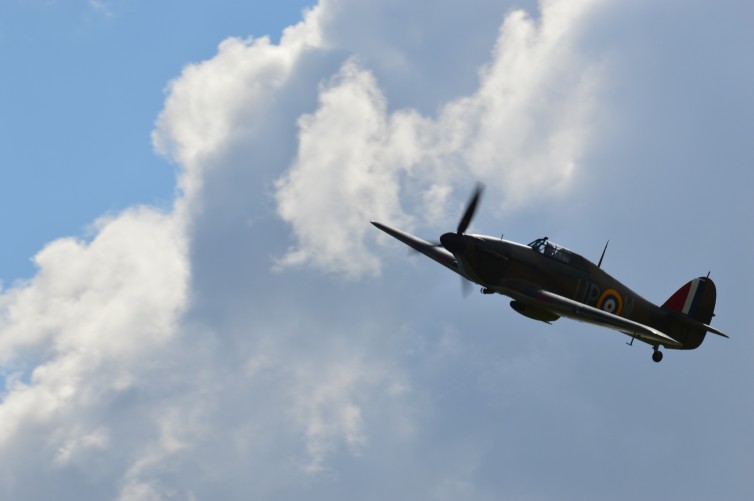
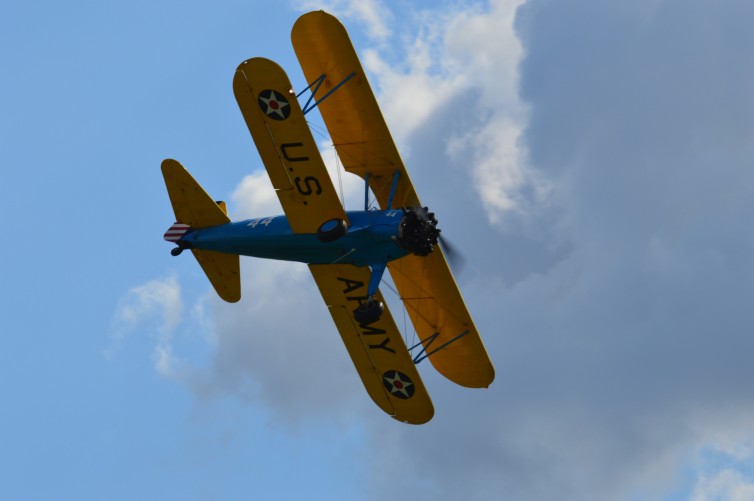
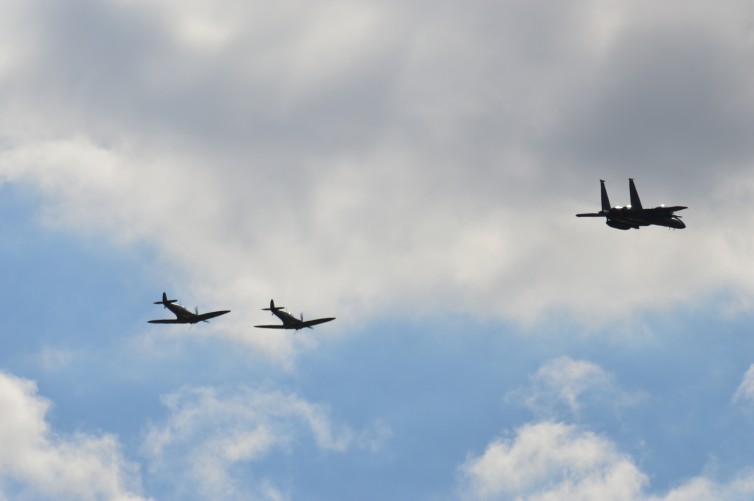
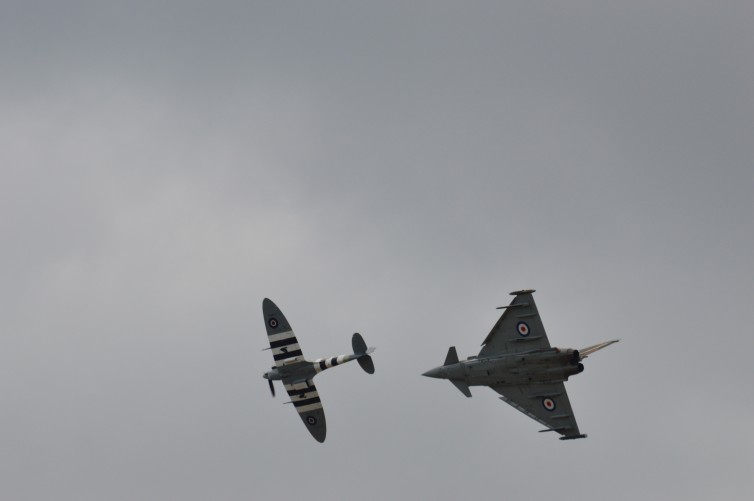
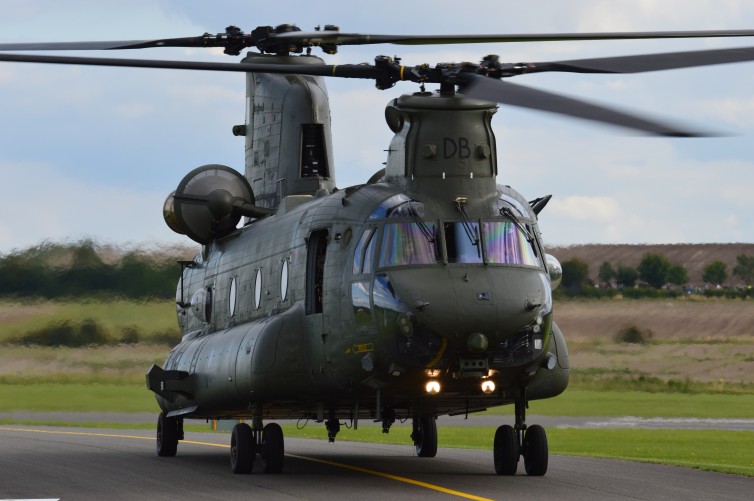
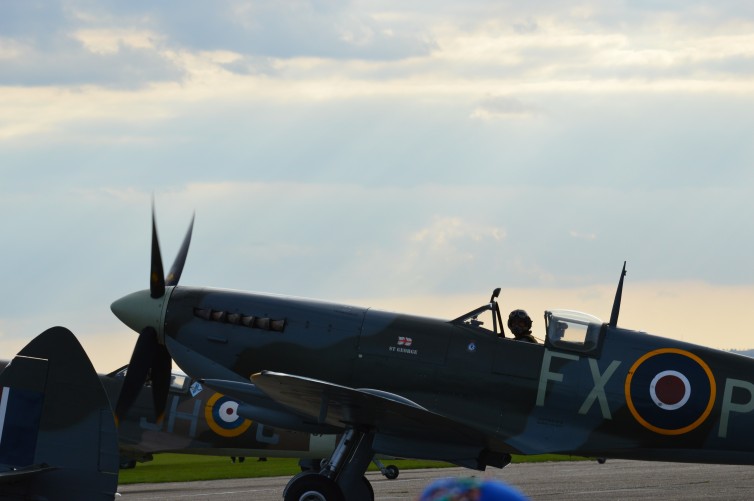
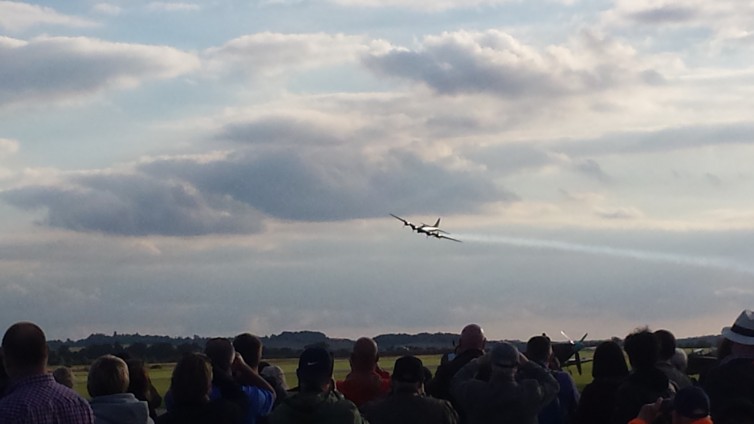
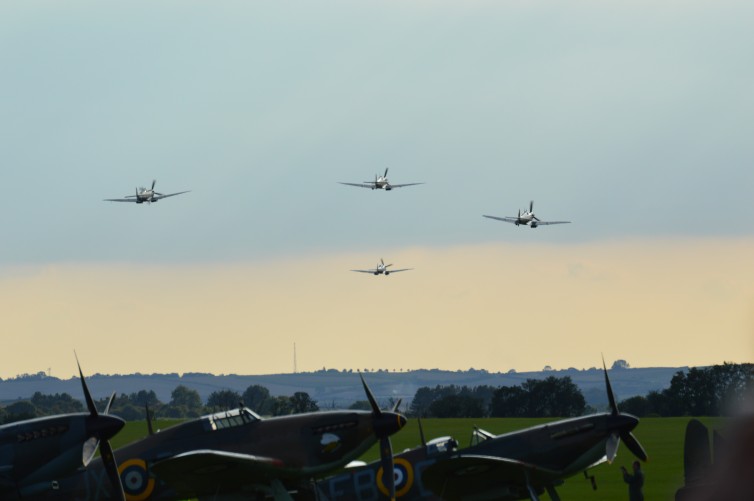
Thank you for a most interesting and informative article. As a longtime supporter of the American Air Museum in Britain I applaud your efforts to remember the courageous men and woman who fought and died for our collective freedom.
take a course (taking good) pictures, your subjects where great but take them with the sun in your back!
Thanks for reading the article. We had a great day and the atmosphere was magical.